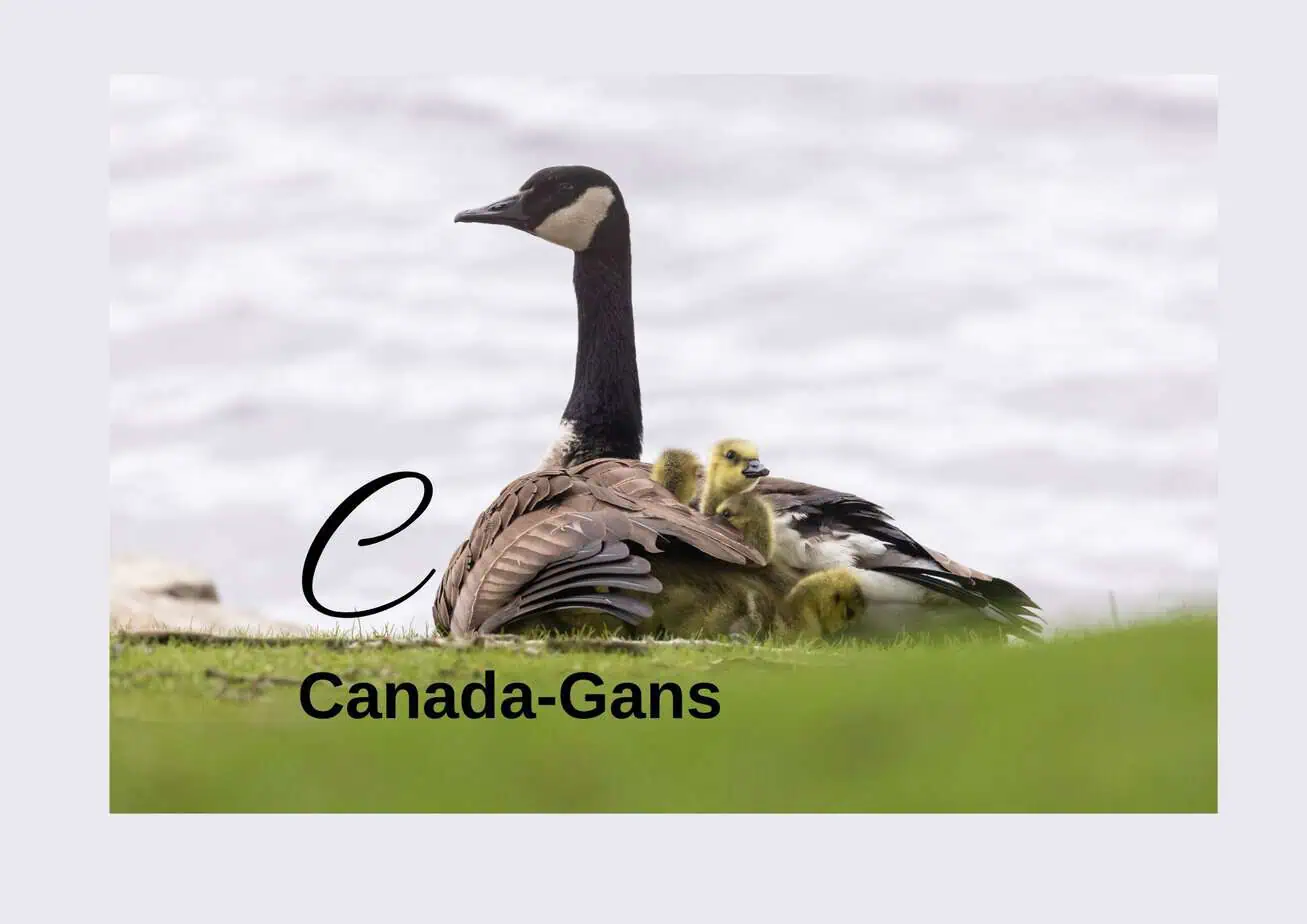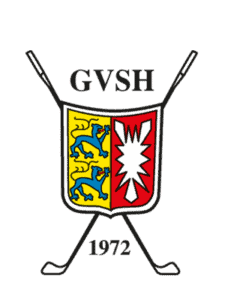Biodiversity lexicon: C for Canada goose
Every golfer has encountered the Canada goose(Branta canadensis). It is one of the most well-known goose species in the world. Originally native to North America, it was introduced to Europe, especially Great Britain and Germany, as ornamental poultry. Since then, it has spread widely and is now also considered naturalized in large parts of Europe. On golf courses, the geese react extremely calmly to golfers in large groups and sometimes soil the playing surfaces with droppings. Particularly affected golf courses sometimes even react with special rules of play, which are applied when the ball comes to rest in the droppings.
The Canada goose can be recognized by its distinctive black head and neck with a white cheek patch. Its body is brown-grey in color and its wingspan can be up to 180 cm. Because it is extremely adaptable, it enjoys golf courses with their wetlands, ponds and rough areas.
INSERT_STEADY_NEWSLETTER_SIGNUP_HERE
As omnivores, however, they mainly feed on grass and water plants. Canada geese are very territorial and return to the same breeding grounds every year. They breed near water and lay between four and ten eggs, which are aggressively defended by the parents.
Limit the population?
In fact, it is not easy to get a flock of Canada geese under control in such a way that they do not keep growing and soiling the playing areas too much. In the short term, scarecrows or fluttering tape, bird of prey calls or signal pistols often help. However, the Canada goose learns quickly and realizes that it has no problem with this. This is why dogs or falcons are also used on some golf courses. It also helps to plant bank areas so densely that they are no longer attractive for nesting.
Hunting Canada goose is usually difficult in golf clubs, as many club members do not usually agree to this. The relevant hunting laws must also be observed.







 Image: Club de Golf Alcanada
Image: Club de Golf Alcanada